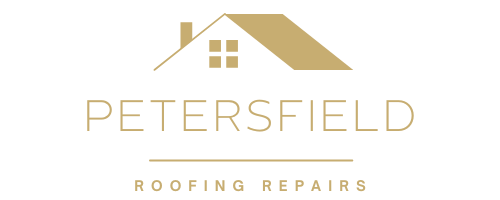Introduction: Choosing the right roofing material for your home involves considering various factors, from durability and cost to aesthetics and climate suitability. At Petersfield Roofing Repairs, we understand the importance of making an informed decision. In this guide, we’ll explore the pros and cons of roofing materials commonly used in the UK, helping you determine the best option for your property.
1. Asphalt Shingles
Pros:
- Affordability: Asphalt shingles are among the most budget-friendly roofing options.
- Variety: Available in various colours and styles to suit different architectural designs.
- Easy Installation: Lightweight and easy to install, reducing labour costs.
- Decent Lifespan: Typically lasts 20-30 years, depending on quality and maintenance.
Cons:
- Durability: Less durable than some other materials, susceptible to damage from extreme weather conditions.
- Environmental Impact: Alternative materials like metal or slate are more eco-friendly.
- Aesthetics: While versatile, it may offer a different aesthetic appeal than natural materials like slate or wood.
2. Metal Roofing
Pros:
- Longevity: Can last 40-70 years or more, depending on the type of metal used.
- Durability: Resistant to fire, mildew, insects, and rot.
- Energy Efficiency: Reflective coatings help reduce cooling costs in hot climates.
- Low Maintenance: Requires minimal maintenance over its lifespan.
Cons:
- Cost: Higher initial cost compared to asphalt shingles.
- Noise: Can be noisy during heavy rain or hail storms (though proper insulation can mitigate this).
- Denting: Some metals, like aluminium, can dent from hail or falling debris.
3. Slate Roofing
Pros:
- Durability: Extremely durable and can last over 100 years with proper maintenance.
- Fire Resistance: Naturally fire-resistant, providing additional safety.
- Aesthetics: Offers a timeless, elegant appearance that enhances curb appeal.
- Environmentally Friendly: Slate is a sustainable roofing option made from natural stone.
Cons:
- Cost: One of the most expensive roofing materials due to its longevity and prestige.
- Weight: Heavy, requiring a strong roof structure for support.
- Fragility: While durable, slate can break if walked on improperly, complicating maintenance tasks.
4. Clay and Concrete Tiles
Pros:
- Longevity: Lasts 50-100 years or more, depending on maintenance.
- Aesthetics: Provides a distinctive Mediterranean or Spanish-style look.
- Fire Resistance: Both clay and concrete tiles are fire-resistant.
- Low Maintenance: Requires minimal upkeep beyond occasional inspection.
Cons:
- Weight: Like slate, clay and concrete tiles are heavy and require a robust roof structure.
- Cost: Higher initial cost compared to asphalt shingles.
- Installation Complexity: Installation can be more complex and labour-intensive, potentially increasing costs.
5. Wood Shingles and Shakes
Pros:
- Natural Appearance: Offers a warm, rustic aesthetic that complements traditional homes.
- Insulation: Provides natural insulation, reducing heating and cooling costs.
- Sustainability: Renewable and biodegradable, making it an eco-friendly option.
Cons:
- Maintenance: Regular maintenance is required to prevent rot, moss, and insect infestations.
- Fire Risk: Though treated options are available, wood is more susceptible to fire than other materials.
- Cost: The initial cost is moderate, but ongoing maintenance can increase over time.
Conclusion: The best roofing material for your home depends on your budget, climate, aesthetic preferences, and long-term goals. At Petersfield Roofing Repairs, we specialise in providing expert advice and professional roofing services tailored to your needs. Whether you’re considering asphalt shingles for their affordability or slate roofing for its durability and elegance, we’re here to help you make the right choice.
Call us on: 01730 771 389
Click here to find out more about Petersfield Roofing Repairs
Click here to complete our contact form and see how we can help you with your roofing needs.

